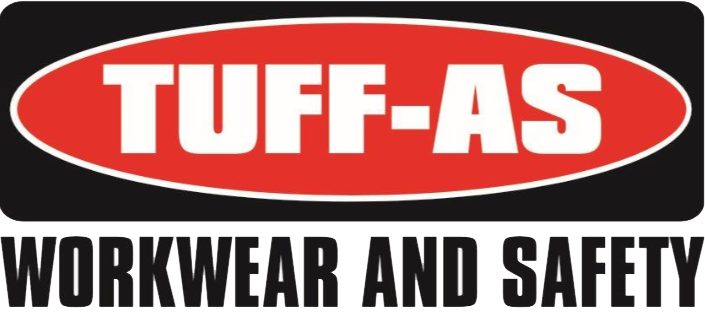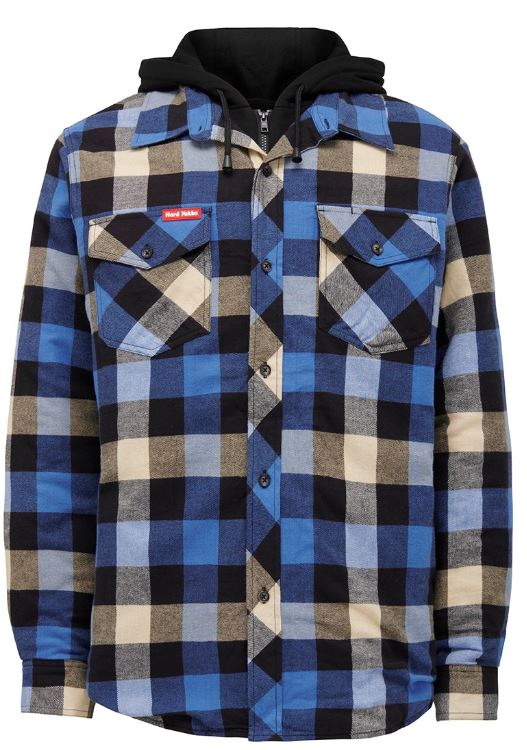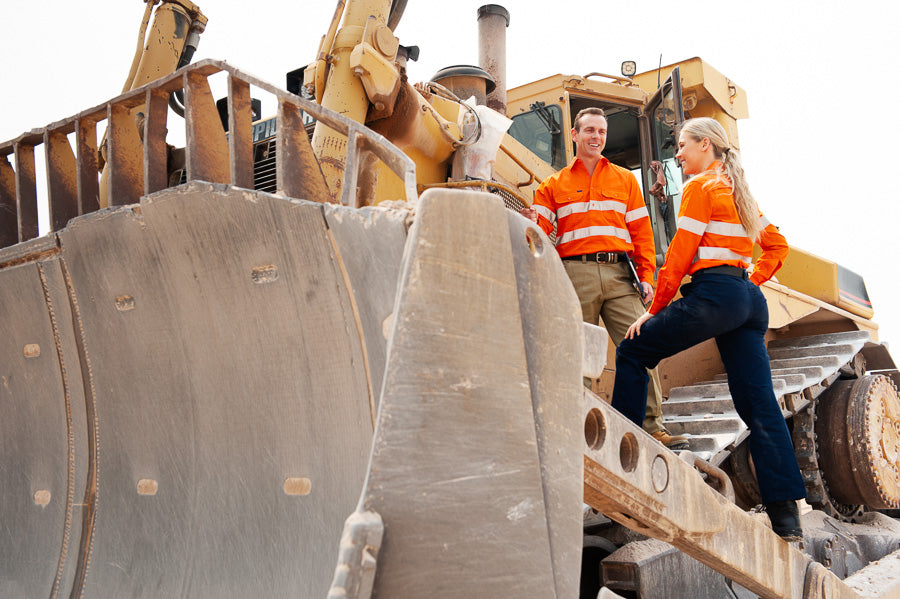Compared to your average piece of clothing, workwear is required to endure quite a lot! From exposure to harsh conditions to experiencing significant wear and tear, your workwear needs to be able to keep you comfortable as well as protected while on the job. Due to these intensive requirements, workwear tends to be made from different materials than normal clothes.
Workwear also needs to meet the compliance requirements of Personal Protective Equipment (such as being sufficiently fire retardant) and other workplace safety standards like high visibility. We’ve created this comprehensive guide to help you know what materials your workwear should be made of and why.
What is GSM?
If you are shopping for workwear, you’ll likely find the ‘GSM’ of the clothing item listed in the description. GSM stands for grams per square metre and is the measurement used for determining the weight of the fabric. It’s also an indicator of durability and thickness, fabrics with a higher GSM will be able to withstand more general wear and tear. A fabric such as denim will have a high GSM, while a fabric like a chiffon will have a lower GSM. Fabrics with high GSM also tend to be a lot warmer.
With workwear, you usually want a medium GSM rating, around 150-250 GSM. However, in the summer months, you may look for something a little lighter.
Common material types in workwear
When it comes to workwear, the majority of clothing is made from either cotton, polyester, or a combination of both - polycotton. Some workwear items, such as hi-vis clothing, tend to be made of many materials including tricot (a type of polyester), vinyl or reflective tape and specialised lining.
Cotton
As a natural material, cotton is fabulously lightweight and breathable. Because of these characteristics, it is ideal for summer workwear and those who are prone to intensive sweating. We recommend choosing cotton workwear shirts for summer which have long sleeves and adequate sun protection such as the Bisley Cotton Drill Shirt or JBS Hi-vis Long Sleeve Cotton Polo.

Polyester
Polyester is a synthetic material which is incredibly durable, flexible and wrinkle resistant. However, unlike cotton, it’s not very breathable so you will find wearing polyester uncomfortable in hot climates. Polar fleece is an insulating fabric made from polyester which is ideal for the winter months and cold nights. We recommend the Syzmik Hi-vis Polar Fleece Jumper to keep you warm without compromising on visibility and safety.

Bamboo
You may be surprised to see bamboo on the workwear material list, but this hypoallergenic fabric has impressive moisture-wicking abilities, is soft and comfortable and is a sustainable choice. Bamboo is also commonly used in workwear socks, it is antibacterial which helps to reduce unpleasant odours and its high level of breathability stops your feet from becoming too hot and sweaty. You’ll find the Steel Blue Bamboo Socks will keep your feet blister-free and comfortable even after a long day on-site.

Leather
Leather is commonly used in work boots thanks to its high level of durability, water resistance and comfortability. Leather is also incredibly breathable and insulating so it's ideal for those long working days spent on your feet. Our favourite leather boots include the Blundstone 140 Safety Boot and the Mongrel Oil Kip Non-safety Boot.

Rubber
As it is highly waterproof, oil and abrasion resistant, rubber is commonly used for the soles of workboots. Rubber materials also have the benefit of being highly electrically insulating so they are a good footwear choice for electricians and others working with electrical equipment. We recommend the Oliver Zip Sided Lace Up Boot with the rubber sole which is highly protective yet also lightweight.

Looking after your workwear
Taking good care of your workwear is paramount for it being able to last the distance and perform at its best. Always read the washing and care instructions of your workwear garments. For example, washing cotton items in high heat may cause them to shrink. For a guide on how to care for your hi-vis workwear items, check out our blog article.




